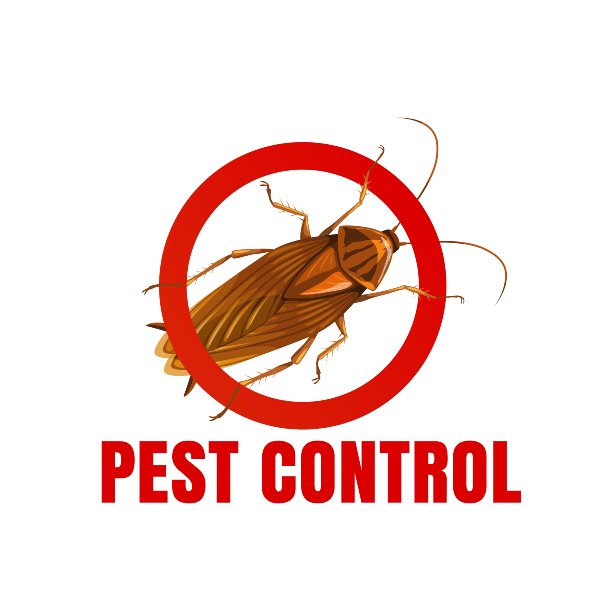Bed Insect Therapy Break Down: Comparing Chemical Vs. Non-Chemical Solutions
In the realm of parasite control, especially when taking care of the consistent concern of bed pests, the selection in between chemical and non-chemical treatment options can be a pivotal one. Both approaches supply distinctive benefits and drawbacks, affecting elements such as performance, safety factors to consider, and total price. By taking a look at the nuanced details of each method, a more clear understanding of which path to pursue in resolving a bed bug problem can be obtained.
Effectiveness of Chemical Therapies
Chemical treatments for bed bug problems have been extensively identified for their rapid and powerful efficiency in eliminating these pests. When considering the efficiency of chemical therapies, it is critical to comprehend that they can supply a complete and fast service to a bed insect trouble.
In addition, chemical treatments have the benefit of supplying recurring impacts, indicating that they can remain to remove bed bugs even after the preliminary application. This recurring action is specifically valuable in combating any type of prospective re-infestations. Furthermore, the fast action of chemical treatments can bring relief to people encountering severe bed bug infestations, permitting them to reclaim control of their home swiftly.
Safety And Security Worry About Chemical Solutions
One critical element that needs cautious factor to consider when utilizing chemical remedies for bed bug treatment is making sure the safety and security of passengers and the setting. While chemical treatments can be efficient in eliminating bed insects, they may posture threats otherwise managed effectively. Among the main safety worries with chemical remedies is the prospective injury they can create to human wellness. Exposure to specific chemicals made use of in bed pest treatments can lead to respiratory system problems, skin irritability, or other adverse responses, especially in individuals with pre-existing problems or sensitivities. Additionally, inappropriate application or dosage of chemical pesticides can result in hazardous deposits remaining in the cured area, posturing long-lasting health threats to passengers.
In addition, the environmental impact of chemical solutions is another substantial factor to consider. Some chemicals utilized in bed pest treatments might be dangerous to beneficial pests, wild animals, and environments if they leach into the dirt or water supply. It is important to use chemical therapies deliberately, adhering to safety standards, and thinking about less hazardous choices to reduce these risks and make certain the effective and risk-free administration of bed pest infestations.
Advantages of Non-Chemical Strategies
Thinking about the potential safety and security concerns and environmental effect connected with chemical solutions for bed pest treatment, exploring non-chemical strategies provides an encouraging alternative with numerous unique advantages. Non-chemical treatments are environmentally pleasant, as they do not contribute to air or water contamination, making them a sustainable choice for bug control.
In addition, non-chemical remedies can be effective in targeting bed pests, consisting of hard-to-reach locations where chemical therapies may not pass through. Approaches such as heat you could try here therapy, vacuuming, vapor cleansing, and bed mattress encasements offer thorough elimination without using unsafe chemicals. Moreover, non-chemical methods can be less turbulent, needing marginal preparation and permitting quicker reentry into treated areas. Generally, going with non-chemical bed insect treatment techniques not just prioritizes safety and environmental management but likewise makes certain thorough and efficient pest control.
Limitations of Non-Chemical Treatments

Additionally, non-chemical therapies usually need multiple applications to attain successful obliteration. This can be time-consuming and might not constantly guarantee complete elimination of all bed pests and their eggs, specifically in hard-to-reach or surprise locations.
Additionally, the success of non-chemical therapies greatly depends on correct execution and thoroughness, which can be testing for people without discover this info here specialist know-how. Poor application of non-chemical methods may lead to insufficient removal, resulting in persistent problems and the need for added therapies.
As a result, while non-chemical therapies have their advantages, it is necessary to acknowledge these restrictions and consider them when figuring out the most efficient strategy for managing bed pest infestations.
Price Comparison: Chemical Vs. Non-Chemical Options
Offered the limitations associated with non-chemical treatments, a necessary aspect to examine in the context of bed insect management is the price contrast between chemical and non-chemical choices. Chemical treatments commonly involve the application of pesticides by professionals, which can range from $250 to $900 per area, relying on the seriousness of the invasion and the dimension of the area to be dealt with. In contrast, non-chemical therapies like warmth therapy or steam can be a lot more pricey, discover here with costs ranging from $1,000 to $6,000 for a whole home. While the first cost of chemical treatments may seem lower, several treatments might be called for to fully get rid of the invasion, potentially increasing the overall price. On the various other hand, non-chemical choices may supply a much more lasting and environment-friendly solution, although they can be cost-prohibitive for some individuals. Eventually, when considering the expense of bed insect treatment choices, it is very important to consider the upfront expenditures against the effectiveness and long-term sustainability of the selected technique.
Final Thought

Considering the possible safety and security concerns and environmental influence associated with chemical remedies for bed bug therapy, exploring non-chemical methods presents an encouraging choice with a number of distinct advantages.Provided the restrictions connected with non-chemical treatments, a crucial element to review in the context of bed pest monitoring is the expense contrast in between chemical and non-chemical options. In comparison, non-chemical therapies like warm therapy or steam can be extra costly, with prices varying from $1,000 to $6,000 for an entire home. While the first expense of chemical treatments may appear reduced, several treatments may be required to totally get rid of the problem, possibly increasing the general cost.In final thought, when comparing chemical and non-chemical bed insect treatment options, it is essential to take into consideration performance, safety, benefits, restrictions, and price.